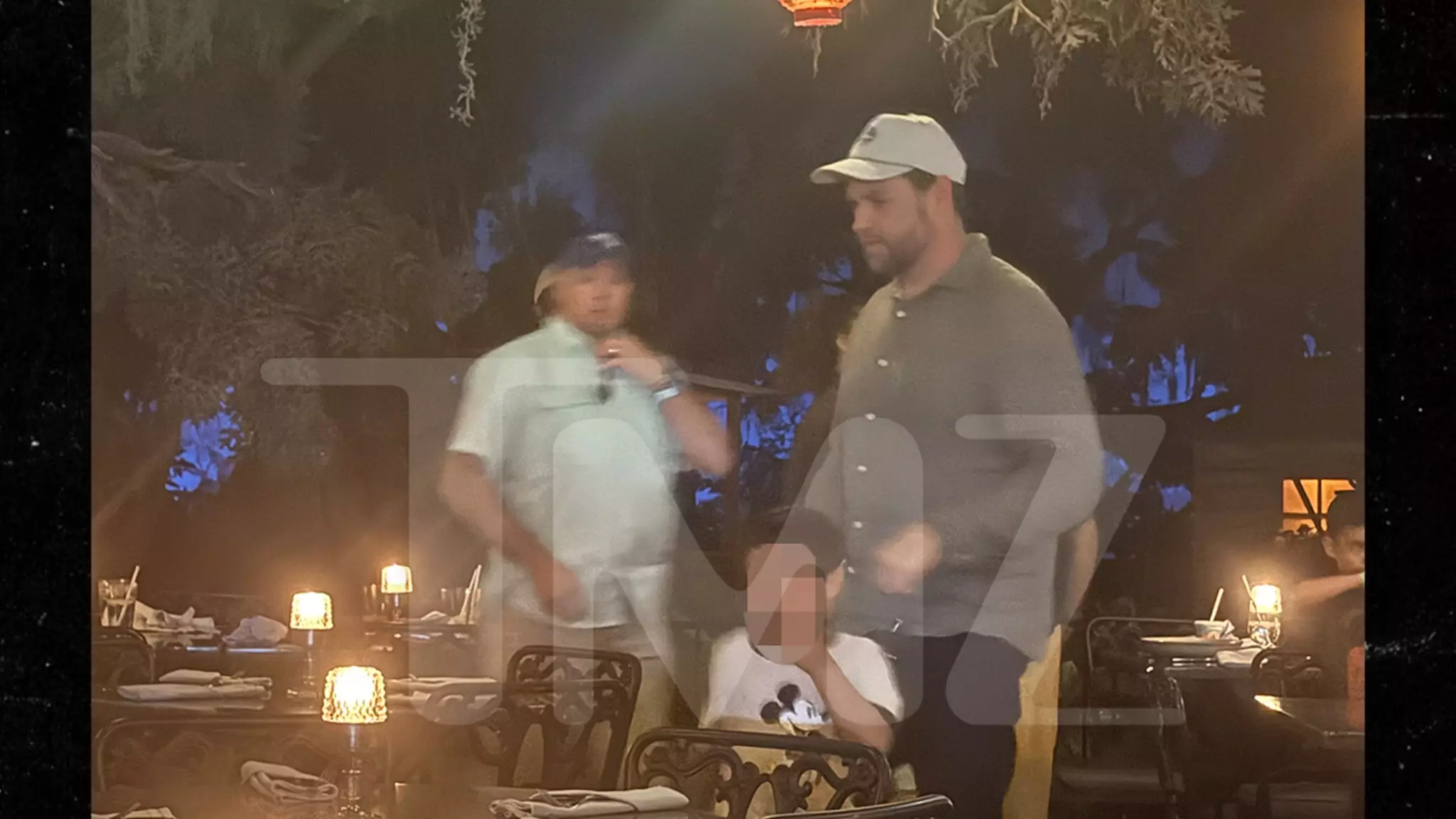In the realm of politics, routines and personal moments are often leveraged for strategic purposes. When JD Vance, a notable political figure, dines at Disneyland with his family, it’s more than a casual getaway. Such appearances serve as calculated efforts to craft an image of relatability and family-oriented values, crucial in a climate where politicians face relentless scrutiny. Public sightings like these provide a canvas for shaping perception—showing a candidate or representative enjoying mundane family activities amid politically charged environments. It can subtly reinforce an image of groundedness and stability—attributes highly valued by voters seeking authenticity. However, these public displays are dual-edged; they open politicians to criticism, especially when moments are scrutinized in the context of broader issues like immigration policies or ideological divides.
Disneyland as a Political Stage: More Than Just a Park
Disneyland, especially popular attractions like the Blue Bayou Restaurant inside the Pirates of the Caribbean experience, isn’t merely an entertainment venue; it’s a microcosm of American cultural and political symbolism. The choice of this location for Vance’s family meal signals a desire to connect on a cultural level with the public—an effort to highlight shared values around family and leisure. Yet, the environment is also inherently political, given its high visibility and the diverse crowd it attracts. When a Vice President or any politician dines there, their every move becomes a de facto campaign statement. The fact that Vance’s family was seen relaxed, casual, and approachable—despite the proximity of Secret Service agents and security measures—serves to humanize him but also invites scrutiny. Opponents may interpret this as an insensitivity to broader societal concerns, especially when critics like Gavin Newsom use such moments to frame political narratives.
The Power of Social Media and Public Perception
In today’s digital age, every public appearance is amplified through social media. Witnesses capturing moments of Vance’s family outing and sharing on platforms like X (formerly Twitter) turn private snapshots into political statements. Whether it’s a fan expressing admiration or a critic highlighting the controversy surrounding the ride he chose to ride, the narrative gets shaped instantaneously. The juxtaposition of Vance enjoying leisure activities with ongoing political debates about immigration policies exemplifies how public figures increasingly navigate a landscape where personal moments can be weaponized or valorized, depending on the agenda. Both supporters and opponents understand the influence of such visuals; for Vance, it’s an opportunity to reinforce a humanized image, while for critics, it becomes a chance to attack his policy positions and moral standing.
JD Vance’s day at Disneyland exemplifies the complex interplay between personal authenticity and political strategy. While these moments can endear public figures to voters, they also serve as fertile ground for opponents to launch disparaging remarks or to frame their persona in a particular light. In highly polarized environments, individual leisure activities—especially in high-profile settings like Disneyland—are rarely just about fun; they are about perception, positioning, and influence. For Vance, the challenge lies in balancing these public displays of relatability with the ongoing political battles that define his career. Ultimately, every casual meal or family outing, while seemingly simple, becomes a carefully calibrated act within the grand chessboard of American politics.

